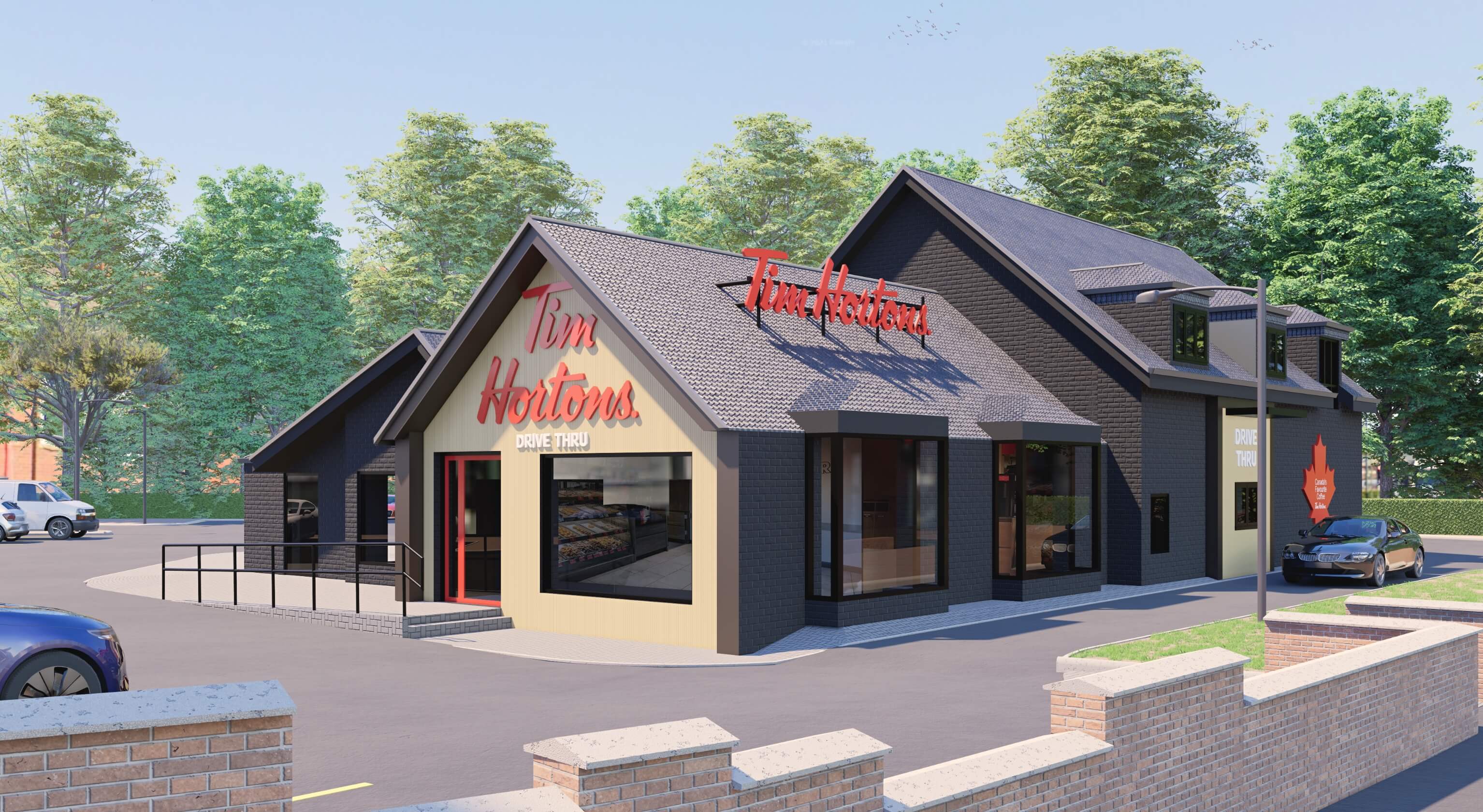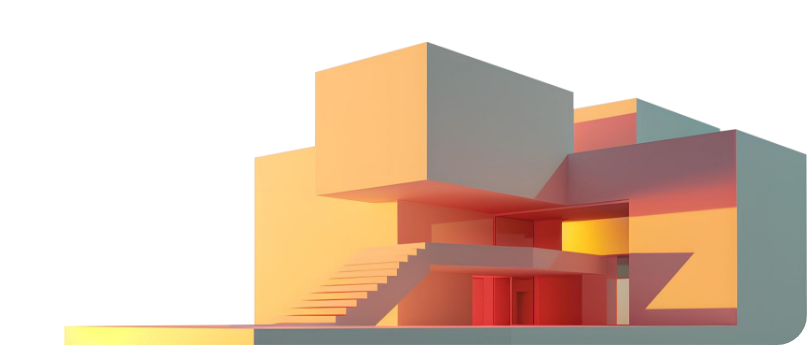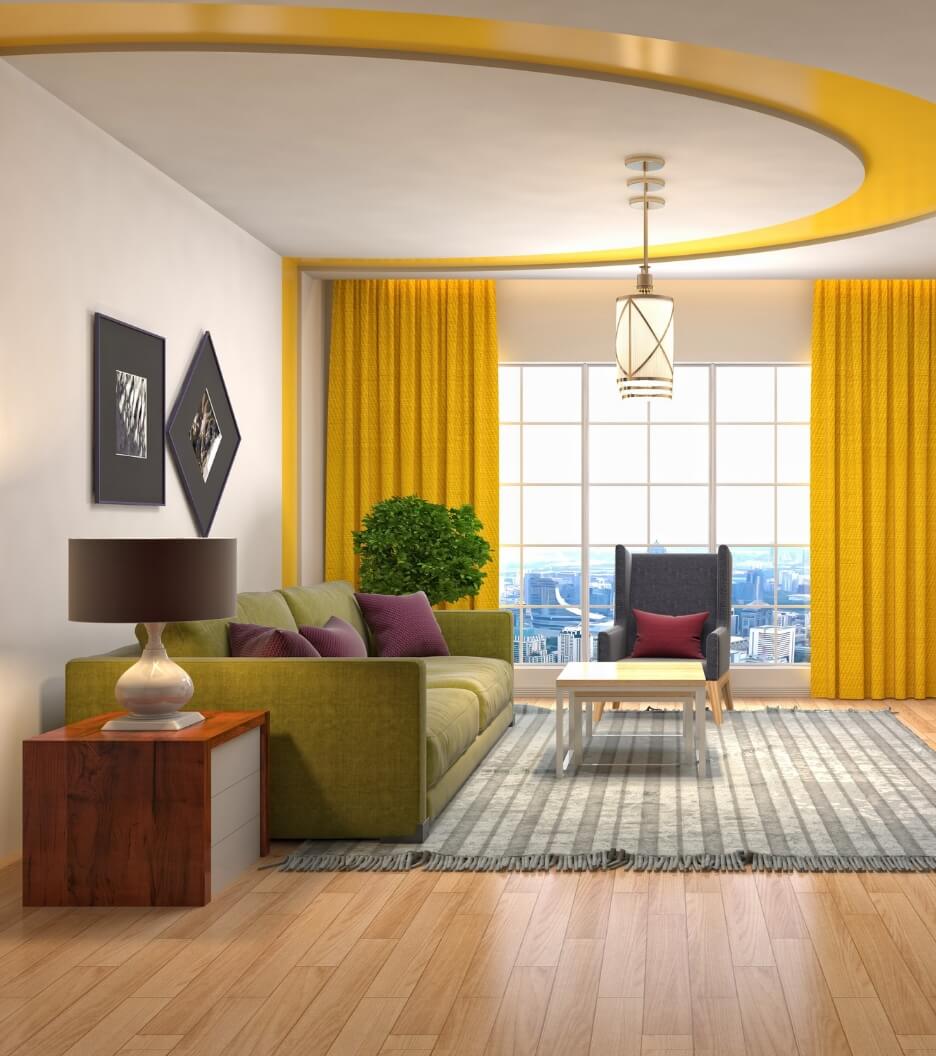 Mahipal Jadeja
Mahipal Jadeja
Architectural Visualization for Hospitality Projects: Hotels, Resorts and Restaurants
 Mahipal Jadeja
Mahipal Jadeja

Send Us Your Requirement
In the ever-evolving ever-evolving business landscape, hospitality is the industry where showcasing an excellent guest experience is a standard for remaining competitive in the market. In today’s era, the hospitality sector is rapidly growing, offering exceptional service that attracts guests to return for the same experience. From hotels, resorts, and restaurants, one of the primary goals is to create a remarkable ambiance that matches the brand’s vibe, address emotional needs, provide holistic services, offer unique and memorable experiences, and more.
Hotels, resorts, and restaurants are continually striving to enhance and enchant their service for customers. To create an exceptional ambiance and environment that represents brand values, the hospitality industry seeks modern solutions by adopting architectural visualization service. Revamping old aesthetics or constructing new adobe, hostels, restaurants, and resorts employs a visualization approach to achieve an impactful outcome.
Moreover, this approach has enhanced industry standards, design philosophy, guest-centric ideas, and architectural details thoughtfully designed, among other benefits. Imagine being able to view the lobby of your new hotel with intricate details and interiors. Thanks to modern technology, the hospitality industry can now design guest-centric environments that are convenient, comfortable, and offer a high-end experience.
In the architecture and construction industry, technology has transformed the work approach. Today, in the modern era, the ability to visualize the design or space before it’s built is not only marvelous but has become increasingly important. With the help of powerful tools, 3D interior visualization has become a prevalent approach in the hospitality industry for creating an impeccable guest experience in hotels, resorts, and restaurants.
As a matter of fact, it allows hospitality industry business owners to overcome design challenges and transform businesses to attract more guests. 3D rendering enables business owners to make design-centric decisions, streamline processes, and ensure the interior of the facility aligns with the brand value before it is implemented in reality. Let’s delve deeply into how 3D architectural rendering for hospitality projects is beneficial in today’s digital landscape.
Elevate Hospitality Projects with Architectural Visualization
Quick Call
Key Insights to Hospitality Architectural Visualization Services
In the hospitality industry, visual appeal is a significant aspect of influencing guest’s decisions. For example, when booking a travel app, a customer is more likely to be appealed by the photos uploaded by the property owner compared to the reviews below. These photos are enhanced, attractive, and of areas where guests are likely to spend time. Nowadays, due to fierce competition in the hospitality industry, people typically upload a 360-degree view of the room or property to attract more customers.
This is where the role of 3D rendering for hotels and resorts is highlighted. In the hospitality industry, restaurant owners, hotel owners, and resort owners are continually seeking ways to create an immersive, functional, and aesthetically appealing ambiance. As design plays a significant role in enhancing customer experience, 3D visualization for real estate properties, including hotels, boutiques, resorts, villas, restaurants, and more, is crucial.
3D rendering technology is a transformative approach in the hospitality sector that bridges the gap between architectural reality and creative ideas. This, moreover, allows architects, designers, and stakeholders to visualize the idea in enhanced photorealistic rendering with intricate detail. Today, this transformative approach isn’t only a luxurious resource but a necessity for future environments. In simple terms, 3D rendering offers a glimpse into the future, showing how the environment, space, or ambiance will look. Moreover, this technology allows architects and designers to turn creative ideas into aesthetically appealing visuals that represent every minor detail, from daytime lighting in space to evening moods.
Additionally, it also includes the texture of the walls, furniture sets, decor articles, and more. This drives more sales, bookings, and reviews in the hospitality sector. Similarly, for restaurant visualization design, customers can review the place and ambiance before visiting for the required occasion. In fact, the hospitality sector’s implementation of architectural visualization services encourages owners, investors, and customers to review the property or space before the groundwork begins.
Architectural visualization technology eliminates potential errors, replaces complicated sketches or mood boards, offers a life-like vision, and evokes realism in the rendered visuals. The following are some of the key benefits of 3D rendering for hotels, resorts, and other types of hospitality properties.
- Enhanced communication and collaboration
- Improved marketing
- Increased conversion rates
- Minimized rework
- Optimum use of resources
- Streamlined workflow
- Efficient decision making
- Better guest experience
- The budget and project scheduled
- Design flexibility
- Unmatched realism
With the benefits above, the list can go on for 3D interior visualization that extends beyond mere visuals. Promotional materials, attracting investors, true-to-life renderings, and more are a significant part of this comprehensive approach. As a matter of fact, these visually appealing renderings and designs are done with a definitive purpose and elements that make great hotel and resort architecture rendering.
Key Elements of Hospitality Architectural Visualization
In the vast and ever-evolving field of hospitals, where the guest experience is the pillar of success, aesthetics may win the heart, but functionality adds value to the space. Therefore, exceptional design isn’t just about visual appeal but must also be functional, enhancing the customer experience and enabling them to keep coming back. In the design, functional elements or components play a significant role in architectural visualization for the hospitality sector.
In fact, 3D models can be easily tweaked, altered, or modified to offer multiple design options, allowing enhanced decision-making for architects, designers, and customers. The following are some key elements for creating an improved 3D visualization of a hotel, resort, or restaurant.
Major Elements of Architectural Visualization
Flow and Function
Sustainable choices
Atmosphere
Accessibility for all
- Flow and Function: 3D architectural rendering helps test the flow of people and operations in hotels, resorts, or restaurants, enabling a seamless experience in reality. Flow and function through 3D rendering allow designers to understand the circulation without any confusing pathways for staff as well as customers.
- Atmosphere: Creating an atmosphere that resonates with the brand’s value is one of the critical elements. Visualization in the hospitality sector helps enhance the ambiance of the space and improve the overall tone according to the property’s vision. For example, a restaurant aims to have a cozy ambiance, while a resort aims for a dreamy, lavish, and spacious ambiance. Each of the property’s tone of space or environment will have different colors, decor, and lighting that ensure the achievement of the intended mood.
- Sustainable choices: In the AEC, real estate, and hospitality sectors, sustainability approaches have become increasingly common. It is no longer an option but has become a mandatory process. With the help of hotel and resort architecture renderings, architects can model sustainable, energy-efficient, and green building layouts or designs, aligning with project requirements.
- Accessibility for all: In the hospitality landscape, designers can ensure the layout or design of the property is inclusive for guests, providing all amenities without compromising or revamping the design at the last minute. This saves time, effort, and rework in the project as it represents clear visuals of the property.
These are significant elements of 3D visualization of hotels, resorts, and other hospitality properties that infuse functionality, ambiance, and aesthetic visual appeal.
How Hospitality 3D Architectural Visualization Refine Project
As briefly discussed, the benefits of 3D renderings and key elements that enhance visualization are evident; however, it isn’t an easy process. Hospitality architectural visualization services are complex, tedious, and a lengthy process that cannot be completed overnight. The stages of rendering demand intricate knowledge of software, project understanding, and proficiency in transforming creative ideas into visually appealing materials.
In fact, interior visualization processes encompass various types, including photorealistic rendering, 3D walkthroughs, and views of interiors, exteriors, and aerial perspectives. Creating a visually appealing and functional 3D view of a hospitality property involves multiple phases, enabling designers and architects to bridge the gap. Following is a generic process that can be altered according to the type of architectural visualization.
Significant Steps for Visualization Process
Ideation & Conceptual Approach
Digital Modelling
Detailed Design Layouts
Materiality and Lighting
Final Rendering & Animation
- Ideation & Conceptual Approach: The first stage begins with understanding the brand’s story, ideations, goals, and a guest-centric approach. This is where stakeholder shares ideas and thoughts that are crucial for aligning the project design with the objectives, mood boards, tone, and spatial requirements.
- Detailed Design Layouts: Based on the project’s vision, concept, or ideation, designers map out precise floor plans, spaces, and spatial arrangements. This stage anchors the vision in a physical context, allowing precise rendering that mirrors the real world.
- Digital Modelling: Leveraging cutting-edge software, 3D designers or visualizers construct the space digitally, layering in architecture, interiors, furniture, decor items, materials, arrangement, and even outdoor landscaping to build a realistic replica, showcasing how the property will look after the final production.
- Materiality and Lighting: Once the digital modeling is complete, visualizers aim to incorporate finishes, textures, shadows, and lighting effects that reflect the space’s look and feel at various times of day or moods. This stage is critical for mood-setting, accuracy, decision-making, and understanding surrounding the best guest experience.
- Final Rendering & Animation: High-resolution images and cinematic walkthroughs are generated at the final stage of architectural visualization. These visuals help with accurate internal planning, as well as attracting investors to the projects and exciting future guests. Moreover, this also plays a crucial role in decision-making and developing marketing strategies in the vast hospitality market.
The above-discussed stages are generic and can be modified according to specific requirements and project needs. However, as technology advances in AEC, it impacts 3D visualization services, which alter the approach to deliver high-quality results, accelerate projects, and offer a more attractive appeal to the surroundings. Explore the future outlook of 3D interior visualization in depth.
Future Vision of Architectural Visualization Services
Technology and innovation continue to advance, enhancing the current scenario with more effective and impactful outcomes. Similarly, the world is moving forward with cutting-edge technologies that are affecting architectural visualization. Looking forward to the future, driven by innovative advancements and approaches, 3D visualization services have a promising future, considering the integration of AI, VR, AR, and more. These innovations will enhance collaboration, streamline workflow, increase realism in visualization, and accelerate project completion. The following are major technologies that will surely be advantageous in 3D architectural rendering for hospitality projects.
- AR and VR Integration
- AI-Powered Approach
- Real-Time Rendering
- Sustainability Visualization
- 3D Printing
These are a few technologies that are the future of architectural visualization, improving accessibility, collaboration, pace, and collaborative nature with increased efficiency. Typically, hospitality sector firms have numerous tasks and look for novel ways to implement visualization. As the industry understands the importance of offering high-quality visuals, it is evident to hire experts to achieve accurate results. Discover how partnering with a BIM consultant company can be beneficial for hospitality projects.
Outsource Architecture Rendering Services: UniquesCADD
Technologies and innovations will continue to impact the architectural visualization service approach, yielding higher quality and enhanced outcomes. As the hospitality sector is vast, business owners often lack visualization expertise and seek ways to reduce expenses. Outsourcing to a reliable BIM consultant company with expertise in visualization services is a fruitful and novel solution. In a constantly evolving sector, outsourcing helps to cut costs while achieving hands-on, accurate, and desired outcomes. Recently gaining popularity, outsourcing architectural visualization experts offers various benefits and accuracy in the project, allowing hospitality business owners to focus on other crucial tasks.
Meanwhile, outsourcing experts are well-versed in processes, proficient in software, and can adapt to evolving technology, among other valuable skills. UniquesCADD is a top outsourcing BIM consultant company with expertise in architectural visualization. A team of professionals, cutting-edge technology, and proficiency in the process bring the most accurate project outcomes. Partnering with UniquesCADD brings numerous benefits, the following are;
- Transparent pricing
- Access to technology and experts
- Quick turnaround time
- Industrial expertise
- Tailored solutions
Ending Thoughts
Hand-drawn sketches, mood boards, or manual workflows are in vain, as the competitive market demands quick and accurate outcomes. With architectural visualization services, the hospitality industry can enhance project goals, attract more guests, streamline workflows, and improve communication, resulting in reduced errors.


